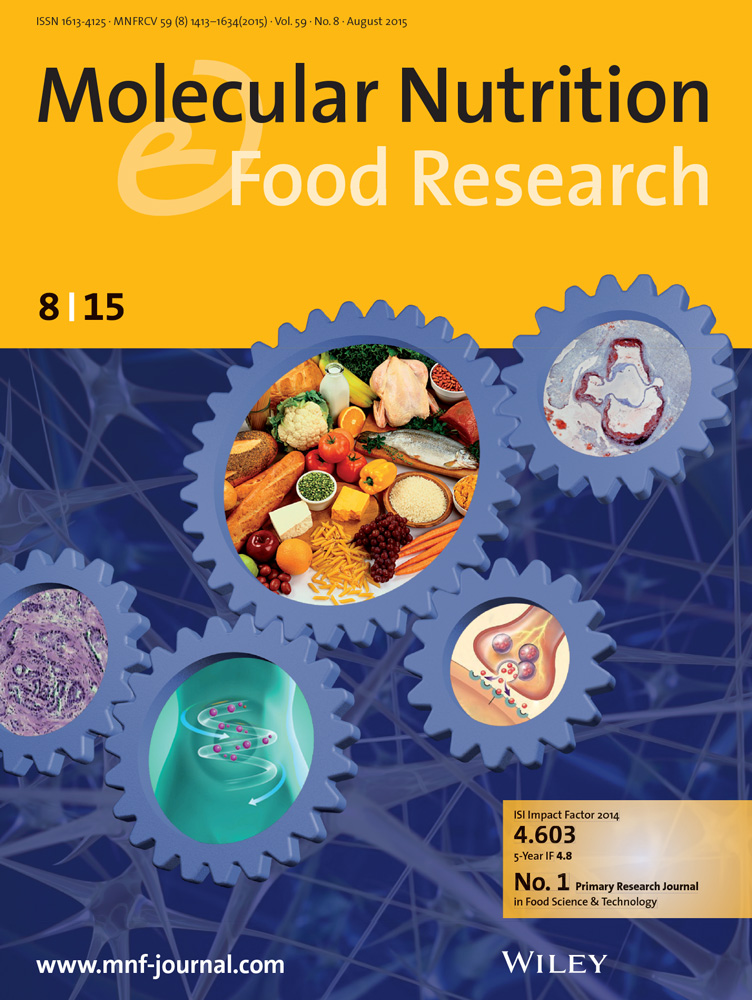The Effect of Green Tea Extract on Pulmonary Inflammation in Nanoparticles-Exposed Mice
Abstract
Scope
Titanium dioxide nanoparticles (TiO2 NPs) are air pollutants that exacerbate chronic respiratory diseases such as asthma and Chronic Obstructive Pulmonary Disease (COPD) However, little is known about the mechanism underlying the antipollutant effects of green tea extract (GTE). This study evaluates the efficacy and mechanism of GTE on lung inflammation and fibrosis in mice exposed to TiO2 NPs.
Methods and results
The TiO2 NPs model is induced by having mice inhale TiO2 NPs, while controls receive an equivalent volume of saline. Treatment with oral GTE is initiated after TiO2 NPs inhalation and is given once daily for 4 weeks. Airway resistance and pulmonary inflammation are increased in mice exposed to TiO2 NPs. GTE treatment reduces the airway inflammation and airway resistance, and attenuates the pathological changes including lung fibrosis compared to the mice exposed to TiO2 NPs. With GTE, there are no significant increases in cytokines and immunoglobulin E (IgE) in mice exposed to TiO2 NPs. GTE inhibits matrix metalloproteinases (MMPs) and apoptotic factors induced by TiO2 NPs exposure, and these protective effects of GTE are closely related to the mitogen-activated protein kinase (MAPK) signaling pathway.
Conclusion
GTE modulates pulmonary inflammation in mice exposed to air pollutants, suggesting that GTE may be beneficial in respiratory diseases exacerbated by such pollutants.


 求助内容:
求助内容: 应助结果提醒方式:
应助结果提醒方式:


